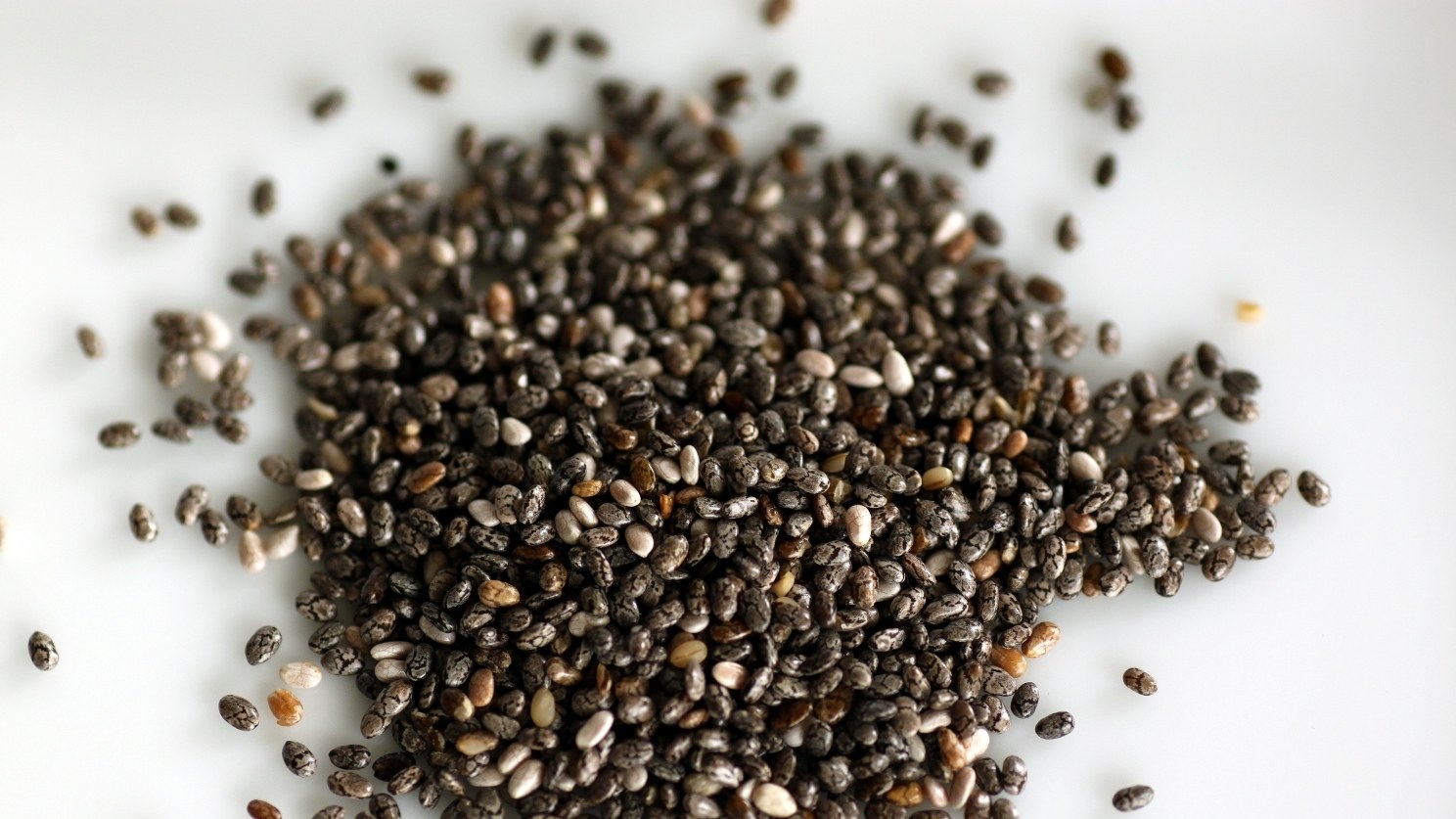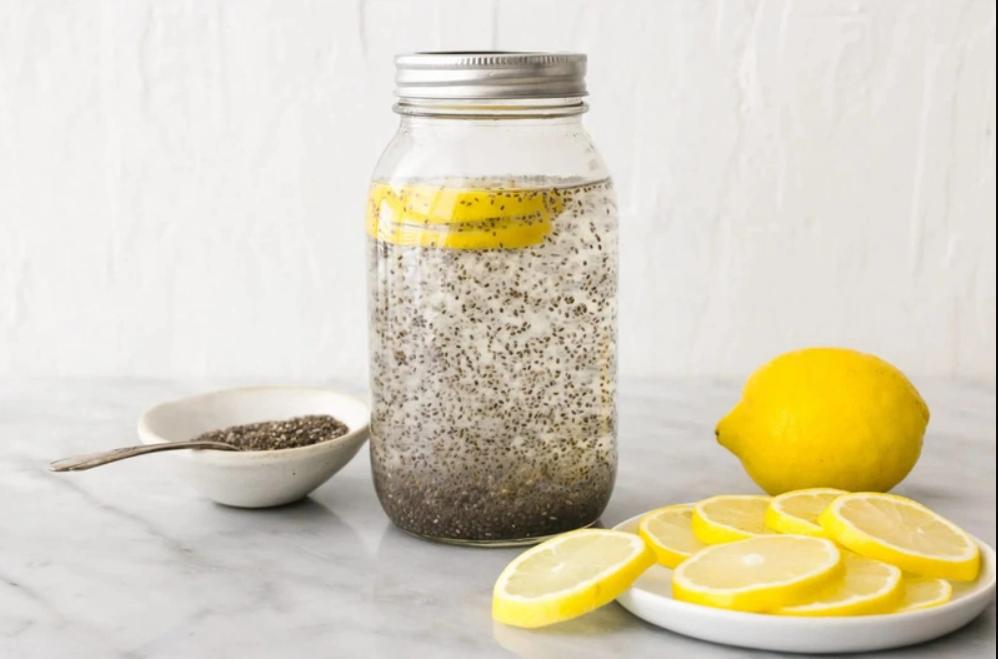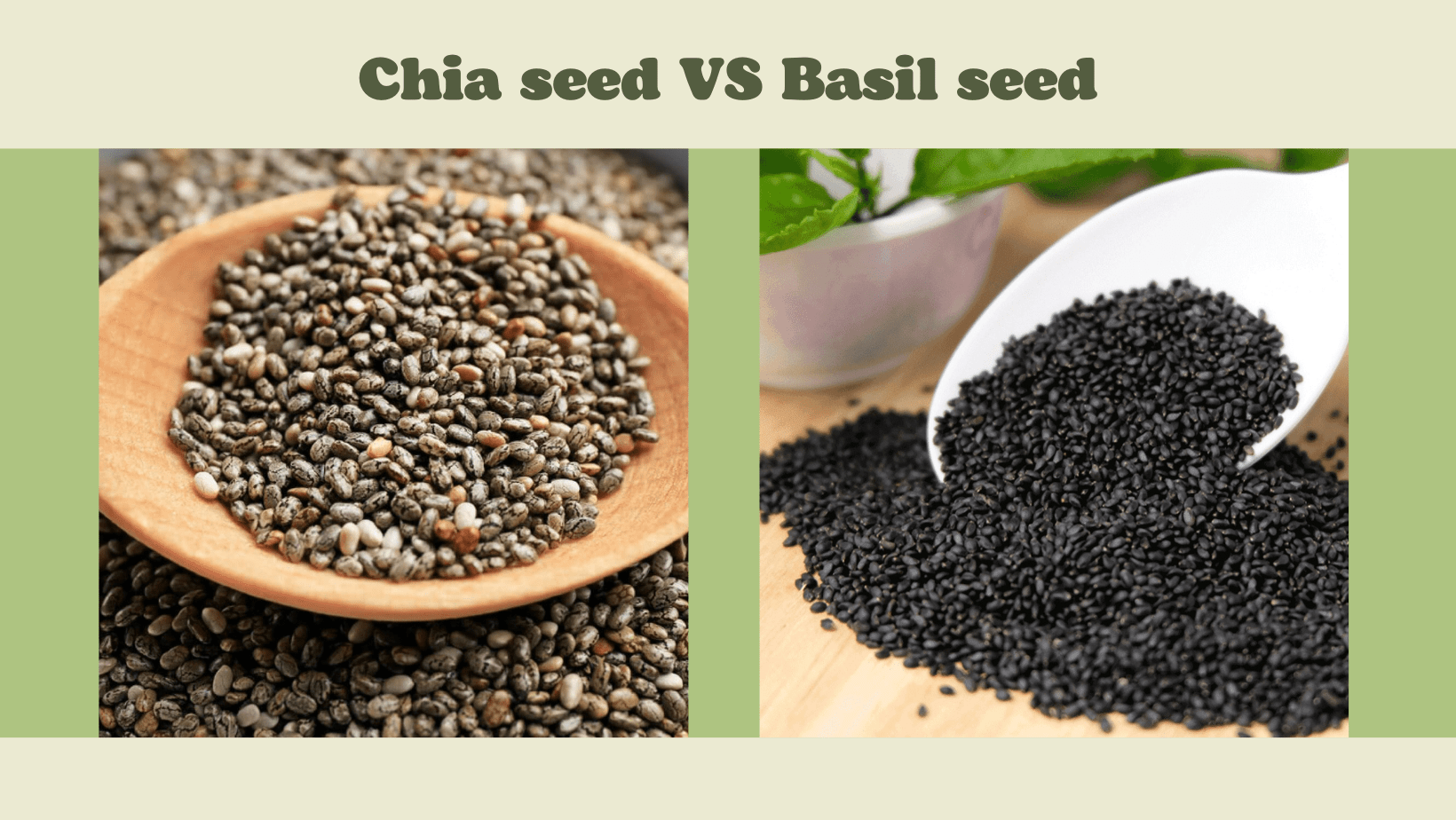Chia seeds are derived from the Salvia hispanica plant and are distinguished by their diminutive, oval form. Chia seed are native to Mexico and have been consumed for centuries, dating back to the Aztec and Mayan civilizations.
Nature's Superfood: Chia Seeds at Their Best!
Chia seeds are derived from the Salvia hispanica plant and are distinguished by their diminutive, oval form. Chia seed are native to Mexico and have been consumed for centuries, dating back to the Aztec and Mayan civilizations.
Chia seeds are renowned for their nutritional advantages, offering a rich supply of fiber, omega-3 fatty acids, and essential vitamins and minerals.They are also rich in antioxidants. When combined with liquid, chia seeds have the remarkable ability to soak up several times their weight, creating a gel-like consistency. This exceptional feature has established them as a preferred ingredient in a diverse array of culinary concoctions, including dishes like chia pudding and beverages such as chia drinks.
Chia seeds have gained popularity as a superfood due to their potential health benefits, including supporting digestive health, aiding in weight management, and providing a convenient source of essential nutrients.

In the Mayan language, the word "chia" means "strength" (Photo: Internet)
Chia Seed Usage Made Easy
To make chia seeds gel-like, you can create a simple chia gel by following these steps:
Ingredients
+ Chia seeds
+ Water or liquid of your choice (e.g., milk, juice)
Instructions
Measure: Use the ratio of 1 tablespoon of chia seeds to 2-3 tablespoons of liquid as a starting point. You can adjust this ratio to achieve your desired consistency.
Mix: In a container or glass, combine the chia seeds and your chosen liquid.
Stir: Stir vigorously with a fork or a spoon for about 1-2 minutes. Make sure to break up any clumps and ensure even distribution of the seeds in the liquid.
Wait: After stirring, let the mixture sit for about 5-10 minutes.
Stir Again: After the initial wait, stir the mixture once more to prevent clumping and ensure even liquid absorption.
Refrigerate: Cover the container or glass with a lid or plastic wrap and place it in the refrigerator. Allow the chia seeds to continue absorbing the liquid for at least a few hours or overnight. The longer they sit, the thicker the gel will become.

Photo: Internet
The Advantages of Chia Seeds for Your Health
1. Rich in Nutrients
Chia seed drink is brimming with vital nutrients, such as fiber, protein, beneficial fats, vitamins, and essential minerals like calcium, magnesium, and phosphorus.
2. Fiber-Rich
Chia seeds boast a high content of dietary fiber, which can assist in digestion, enhance satiety, and contribute to the regulation of blood sugar levels.
3. Antioxidant Properties
Chia seeds are rich in antioxidants that have the potential to shield the body from harm instigated by free radicals, potentially diminishing the likelihood of chronic diseases.
4. Weight Management
The combination of protein, fiber, and healthy fats in chia seeds can help with weight management by promoting satiety and reducing overall calorie intake.

Adding chia seeds to your diet helps achieve better results (Photo: Internet)
5. Hydration
When chia seeds are mixed with liquid, they form a gel-like substance that can help with hydration and maintaining electrolyte balance, which can be especially useful for athletes.
6. High in Omega-3 Fatty Acids
Chia seeds provide a rich plant-based alpha-linolenic acid (ALA), an omega-3 fatty acid powerhouse. Omega-3s benefit heart health and may reduce the risk of heart disease.
7. Blood Sugar Control
Chia seeds have the potential to assist in regulating blood sugar levels, offering possible benefits for individuals with diabetes or those who are susceptible to the condition.
8. Promoting Digestive Wellbeing
Chia seeds, with their abundant fiber content, aid in preventing constipation and nurturing a thriving gut microbiome.
9. Energy Boost
Chia seeds can provide a steady energy source due to their combination of carbohydrates, protein, and healthy fats.
It's essential to note that while chia seeds offer these potential health benefits, they should be consumed as part of a balanced diet and not as a sole source of nutrition.
Chia Seeds Vs Basil Seeds

Both chia seeds and basil seeds are healthy foods (Photo: Internet)
Chia seeds and basil seeds are both popular edible seeds that offer various health benefits and culinary uses, but they have some differences:
1. Botanical Origin
- Chia Seeds: These seeds are derived from the Salvia hispanica plant, a native species of Mexico. These seeds have been consumed for centuries and were a staple in the diet of ancient Aztecs.
- Basil Seeds: Basil seeds are sourced from the sweet basil plant (Ocimum basilicum), commonly used as a culinary herb.
2. Appearance
- Chia Seeds: Chia seeds are small, oval-shaped seeds that can vary in color from black to white, with most commercial varieties being black or brown.
- Basil Seeds: Basil seeds are smaller and rounder than chia seeds and have a dark black color when dry. When soaked in water, they develop a gel-like outer layer, making them swell and appear similar to chia seeds.
3. Nutritional Content
- Chia Seeds: Renowned for their abundance of omega-3 fatty acids, dietary fiber, protein, calcium and magnesium.
- Basil Seeds: Basil seeds are also a source of dietary fiber, but they are not as rich in omega-3 fatty acids as chia seeds. They do contain some nutrients and antioxidants.
4. Gelling Properties
- Chia Seeds: Chia seeds can absorb and hold a significant amount of liquid, forming a gel-like texture.
- Basil Seeds: Basil seeds also can form a gel-like substance when soaked in water, which is often used in beverages like falooda or basil seed drinks for texture.
In summary, chia seeds and basil seeds exhibit parallels in their gel-forming properties when soaked but maintain distinct botanical origins, appearances, and culinary applications. Both seeds can enhance the nutritional value of a well-rounded diet, with the preference for one over the other hinging on personal taste and the particular culinary context.




